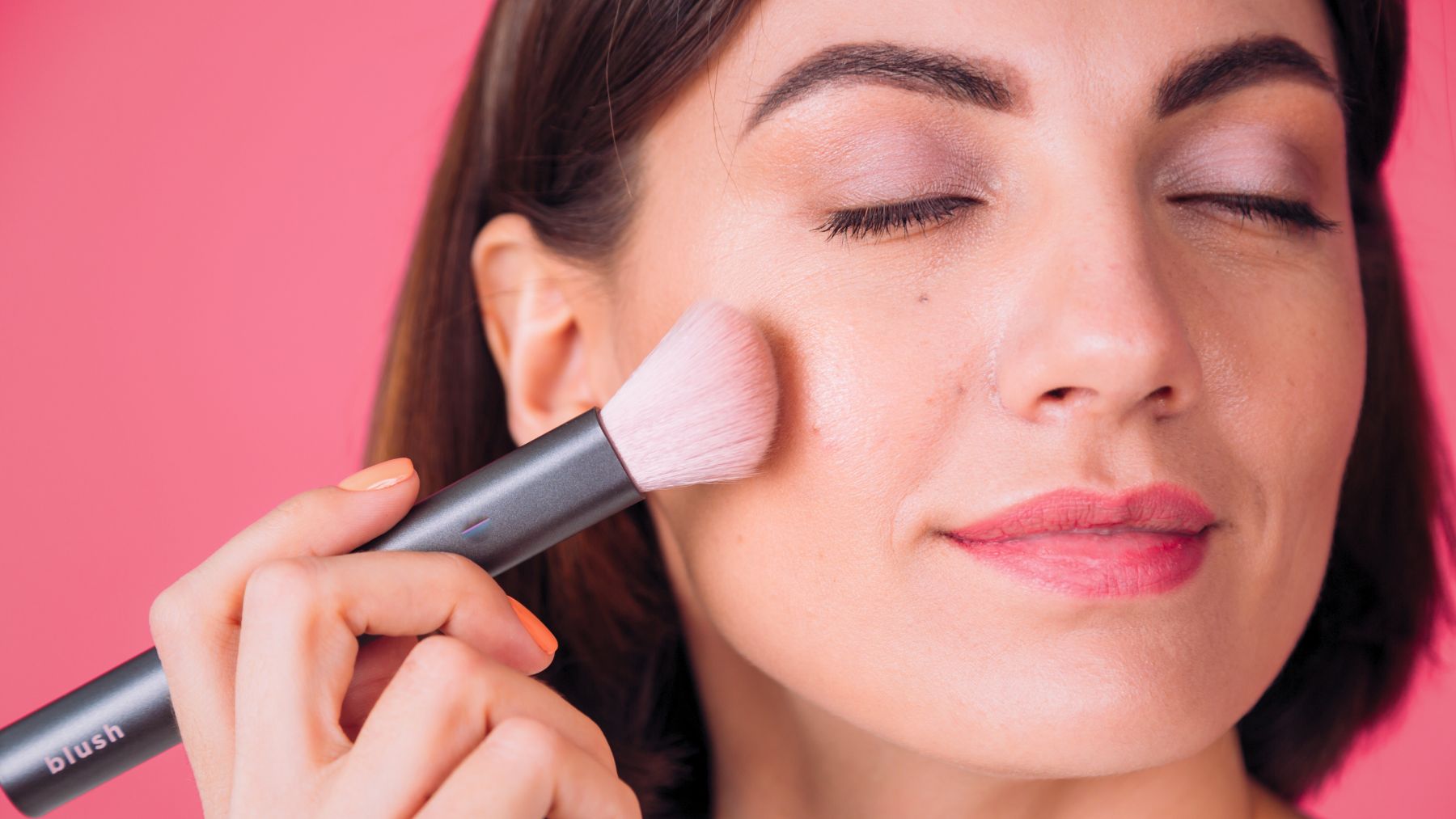More than a pop of color, blush is a makeup tool that can replicate your skin’s natural flush or add dimension to your face. The right shade can brighten your complexion, soften prominent features, and give you a well-rested appearance. However, choosing an unsuitable hue may result in the opposite effect.
Let’s break down the process of selecting the ideal blush based on your skin tone and undertone. You’ll discover which shades best complement fair, medium, olive, or deep complexions, understand the role of undertones in achieving harmony, and learn how to avoid common pitfalls when applying makeup.
Matching your blush to your skin tone
Your skin tone sets the foundation for the intensity of your blush. For fair complexions, subtle hues like delicate pinks, soft peaches, and plums replicate a natural flush, while medium skin benefits from vibrant options such as apricot and berry.
In olive complexions, warm tones like rich peach or dusty rose blend seamlessly with your natural color, with bronze or copper colors adding a sun-kissed effect. Deep skin tones, in contrast, shine with bold pigments such as brick red, berry, or plum, while ashy pastels should be sidestepped in favor of shades that are visible on darker skin.
How undertones influence your blush choice
While your skin tone determines the depth and intensity of your blush, your undertone fine-tunes the shade. To discern your undertone, examine the color of your veins: blue or purple typically indicates a cool undertone, whereas green suggests warmth, and a mix of both may reveal a neutral tone. Your jewelry preferences also offer clues, as silver tends to flatter cool tones and gold, warm tones.
For those with warm, golden undertones, blushes in peach, coral, or terracotta naturally enhance warmth, and for cool undertones, soft pink, berry, or mauve mirrors a natural flush without exaggerating redness. Those with neutral undertones enjoy a broader palette, with peachy-pinks or earthy roses striking a perfect balance, although overly bright shades should be avoided.
Putting it all together
Once you have determined your skin tone and undertone, you have more information to choose the right shade. Here are some recommendations
- Fair skin: Soft rose for cool, coral for warm, and dusty rose for neutral.
- Medium skin: Mauve for cool, copper for warm, and raspberry for neutral.
- Olive skin: Muted rose for cool, bronze for warm, and earthy rose for neutral.
- Deep skin: Deep plum for cool, brick red for warm, and berry for neutral.
These are just a few options among countless possibilities you can explore for every skin tone and undertone. Experimenting with a variety of shades allows you to discover the ones that enhance your natural beauty. Ultimately, personal preference is above everything, and the perfect blush is the one that not only complements your complexion but also makes you feel confident and like yourself.
Remember, there are no rigid rules: if a so-called “wrong” shade makes you feel good, wear it proudly as an expression of your unique style. Embrace the process of selecting your blush as a fun and personal journey toward finding the color that best reflects your style.
